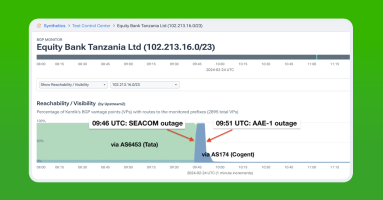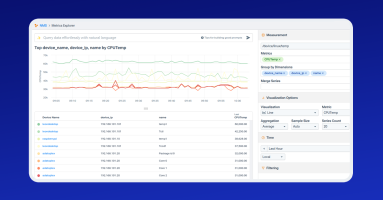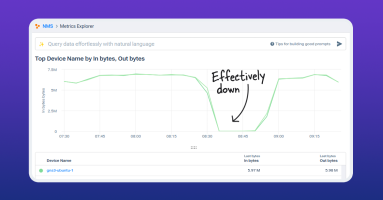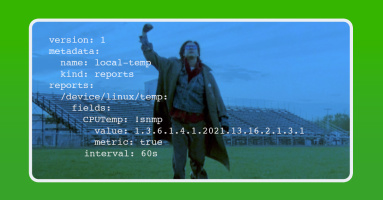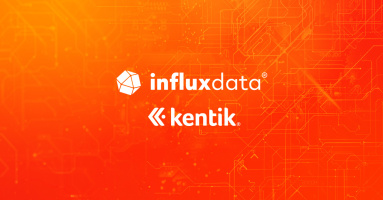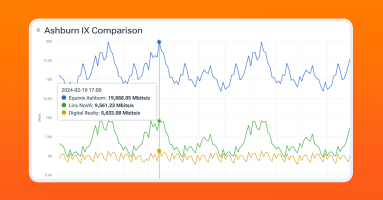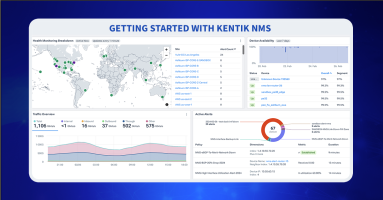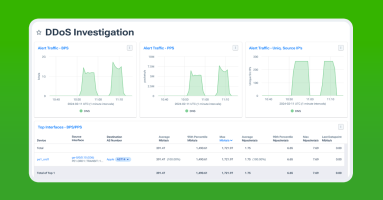Kentik Blog
























In the latest collision between geopolitics and the physical internet, three major submarine cables in the Red Sea were cut last month likely as a result of attacks by Houthi militants in Yemen on passing merchant vessels. In this post, we review the situation and delve into some of the observable impacts of the subsea cable cuts.
AI has been on a decades-long journey to revolutionize technology by emulating human intelligence in computers. Recently, AI has extended its influence to areas of practical use with natural language processing and large language models. Today, LLMs enable a natural, simplified, and enhanced way for people to interact with data, the lifeblood of our modern world. In this extensive post, learn the history of LLMs, how they operate, and how they facilitate interaction with information.
Kentik NMS has the ability to collect multiple SNMP objects (OIDs). Whether they are multiple unrelated OIDs, or multiple elements within a related table, Leon Adato walks you through the steps to get the data out of your devices and into your Kentik portal.
Kentik NMS collects valuable network data and then transforms it into usable information — information you can use to drive action.
Out of the gate, NMS collects an impressive array of metrics and telemetry. But there will always be bits that need to be added. This brings me to the topic of today’s blog post: How to configure NMS to collect a custom SNMP metric.
While many wifi access points and SD-WAN controllers have a rich data set available via their APIs, most do not support exporting this data via SNMP or streaming telemetry. In this post, Justin Ryburn walks you through configuring Telegraf to feed API JSON data into Kentik NMS.
Streaming telemetry is the future of network monitoring. Kentik NMS is a modern network observability solution that supports streaming telemetry as a primary monitoring mechanism, but it also works for engineers running SNMP on legacy devices they just can’t get rid of. This hybrid approach is necessary for network engineers managing networks in the real world, and it makes it easy to migrate from SNMP to a modern monitoring strategy built on streaming telemetry.
Kentik users can now correlate their traffic data with internet exchanges (IXes) and data centers worldwide, even ones they are not a member of – giving them instant answers for better informed peering decisions and interconnection strategies that reduce costs and improve performance.
Kentik NMS is here to provide better network performance monitoring and observability. Read how to get started, from installation and configuration to a brief tour of what you can expect from Kentik’s new network monitoring solution.
DDoS attacks disrupt services and damage reputations, with motivations ranging from political to personal. These attacks can also mask more severe security breaches, so early detection and mitigation are crucial. Learn how Kentik provides a solution by analyzing enriched NetFlow data to identify and mitigate DDoS threats.
